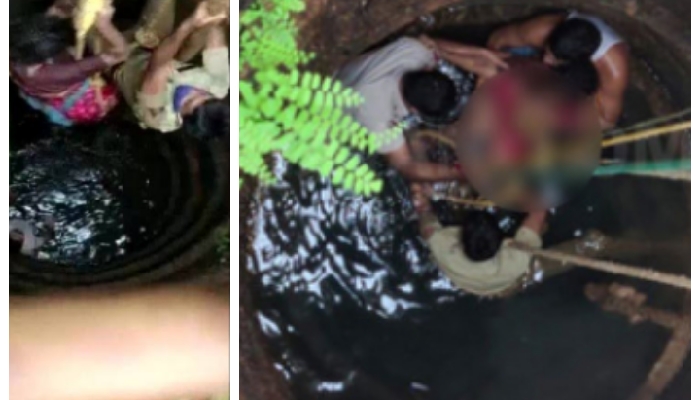Udupi, Mar 3: Playing of (Chende) drums round the clock, by Marpalli Chende Balaga, marked the Maha Shivarathri celebrations at Sri Mahalingeshwara Mahaganapathi Temple, Marpalli, near here on from Wednesday evening till Thursday night. Thousands of devotees witnessed this mega event.
The Marpalli Chende Balaga had organized this Akhanda Chende Seve' on the occasion of its 10th anniversary. Chende Balaga, the drummers' club has over 130 drummers. 30 drummers started playing drums, at 6.50 pm on Wednesday and continued till 6.50 pm. Every one hour, as many as six drummers retired to make way for other drummers to offer their seva to lord Eshwara. The drummers' club has women's wing, members of which too joined the mega event.
“10 years back we started learning Chende, in the Kerala style. Now we are proud to say that we can play it at par with the Keralites'', he said. The drummers' club, on demand, had been performing in various places including Tirupathi, Horanadu, Shringeri and Manthralaya.
On some special occasions the team had also performed before lord Srikrishna of Srikrishna Temple, Udupi. From their earnings the club had donated an auditorium to the temple.







Comments
Add new comment